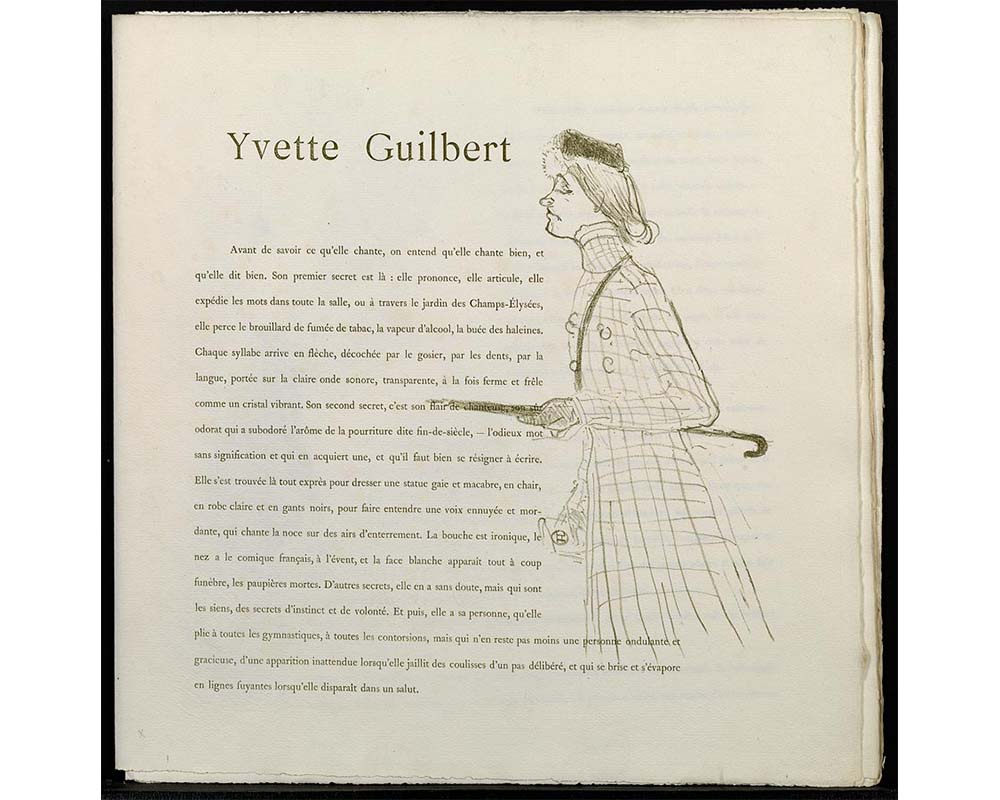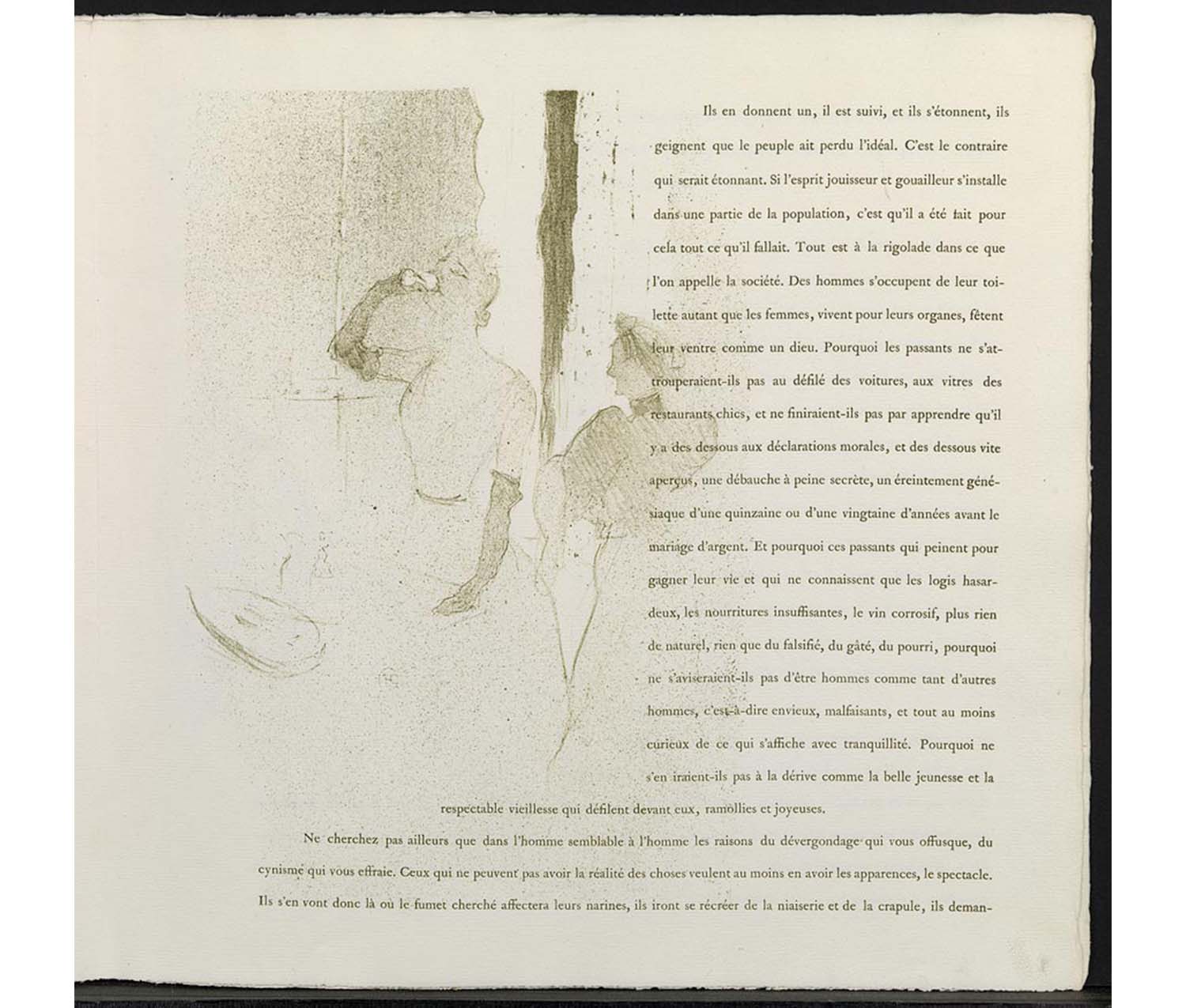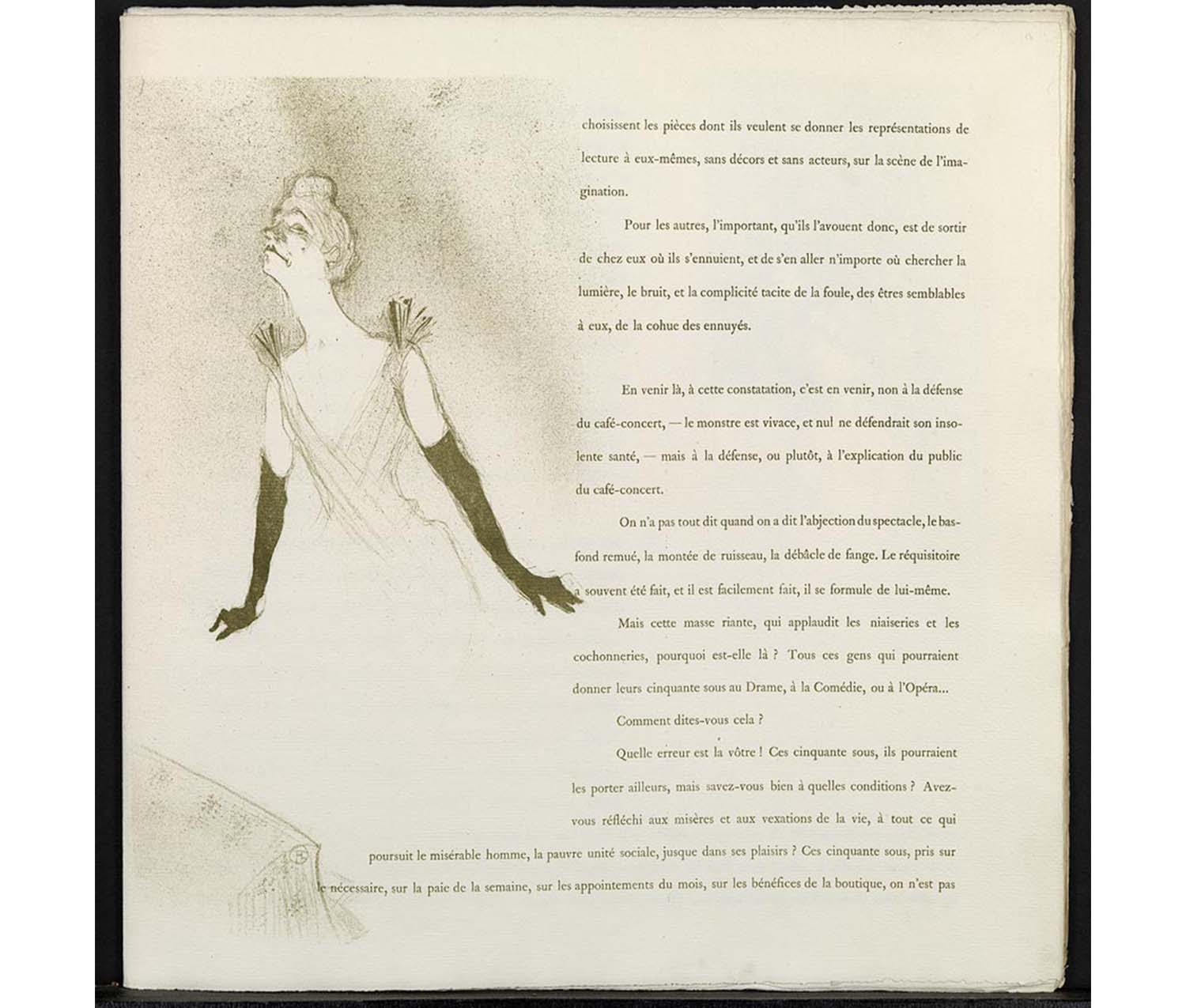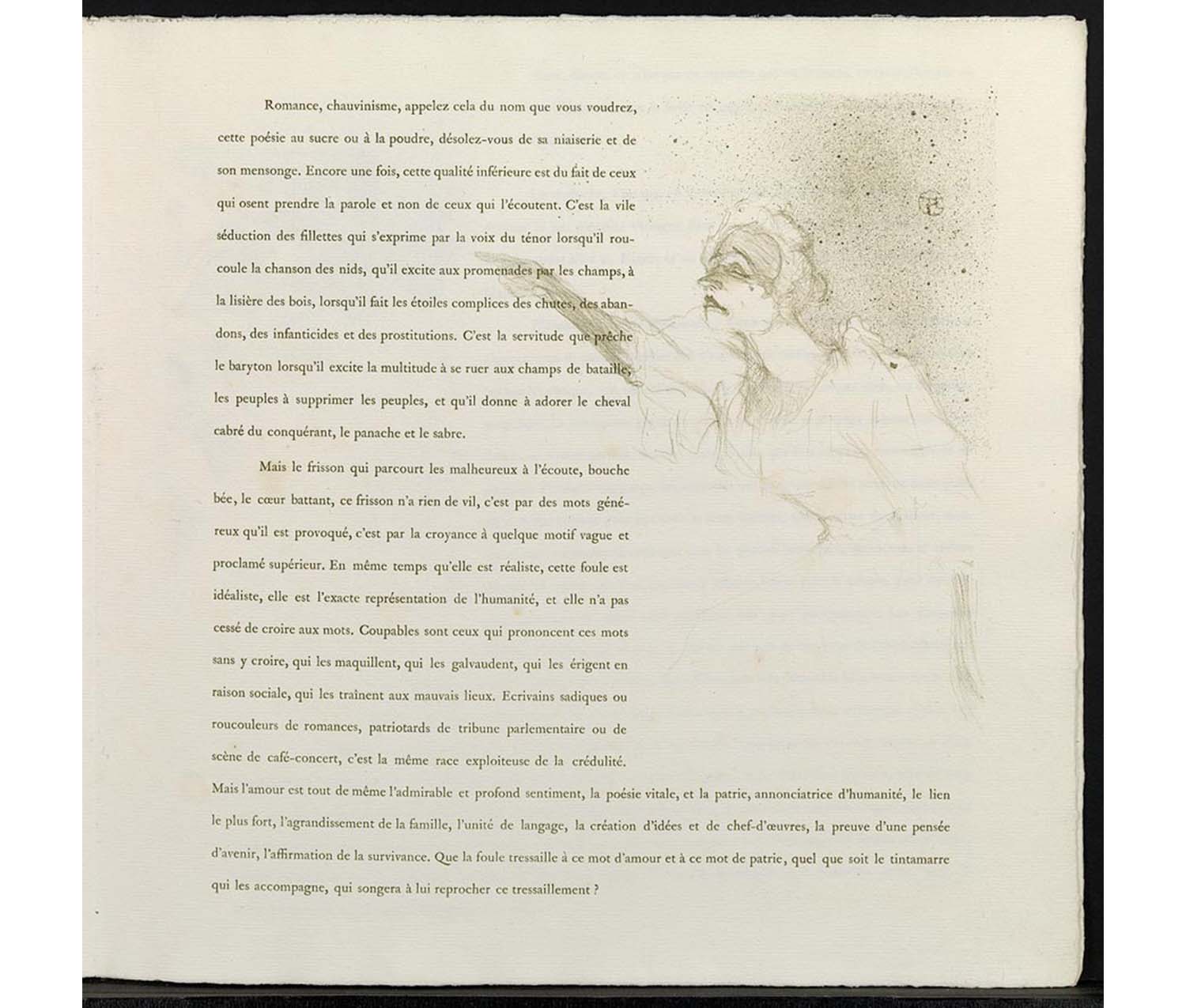
In Praise of Books
Aprile Gallant is the Senior Curator of Prints, Drawings, and Photographs at SCMA.
I love books. I came from a “bookish” family: people who hoarded and treasured books and spent more time reading than speaking. In college, I adopted a second major in English simply to provide an excuse to read more literature. Like many English majors, I sought a job in publishing after graduation, and luckily ended up in the Department of Publication and Sales at the Whitney Museum of American Art. There I learned that I loathed publishing but loved art. It was also there that my love of books as literature morphed into a fascination with books as visual art. At first I channeled this into a mania for book arts, taking as many classes as I could afford in letterpress, book conservation, and hand-book binding at the Center for Book Arts in New York. To my dismay, I was terrible at it: it is hard to imagine a future as a bookbinder when you can’t cut a straight line, even using a board cutter.
I still firmly believe that all books, to some degree, are works of visual art; even the most mundane book communicates through visual means: typeface, leading (the space between lines), page size, margins, paper, binding; not to mention any cover art—all these elements are deliberately selected to create specific visual meaning that adds to the personal experience that is reading a book.
SCMA has a wonderful small collection of livres d’artiste: French artist’s books created between the 19th and 20th centuries where image and text are integrated. My very favorite among these books is Toulouse-Lautrec’s Yvette Guilbert. Even if one cannot read French, it is easy to get a sense of the life of the eponymous cafe singer as she shops, dresses, and performs, as well as that of turn-of-the-century Paris. The images, printed in a soft olive green seep into the text (which is printed in the same color) creating a unified visual whole that pulls the viewer both into and through the book.



Henri de Toulouse-Lautrec. French, 1864–1901. Yvette Guilbert, 1894. Lithographs printed in olive green on ivory laid Arches paper tied to cover with tan cotton cord. Printed by Edward Ancourt (lithographs) and Frémont (typography). Published by L'Estampe Original [Andre Marty]. Copy 34 from a numbered edition of 100. Gift of Selma Erving, class of 1927. SC 1972.50.109.